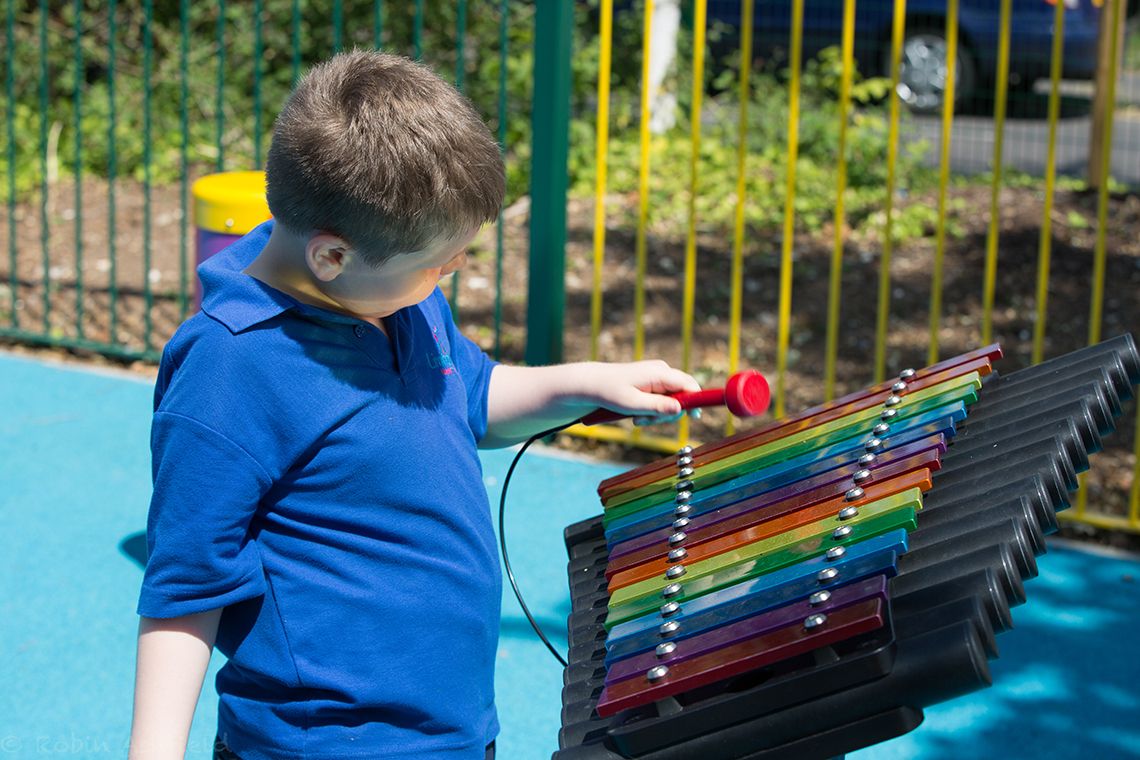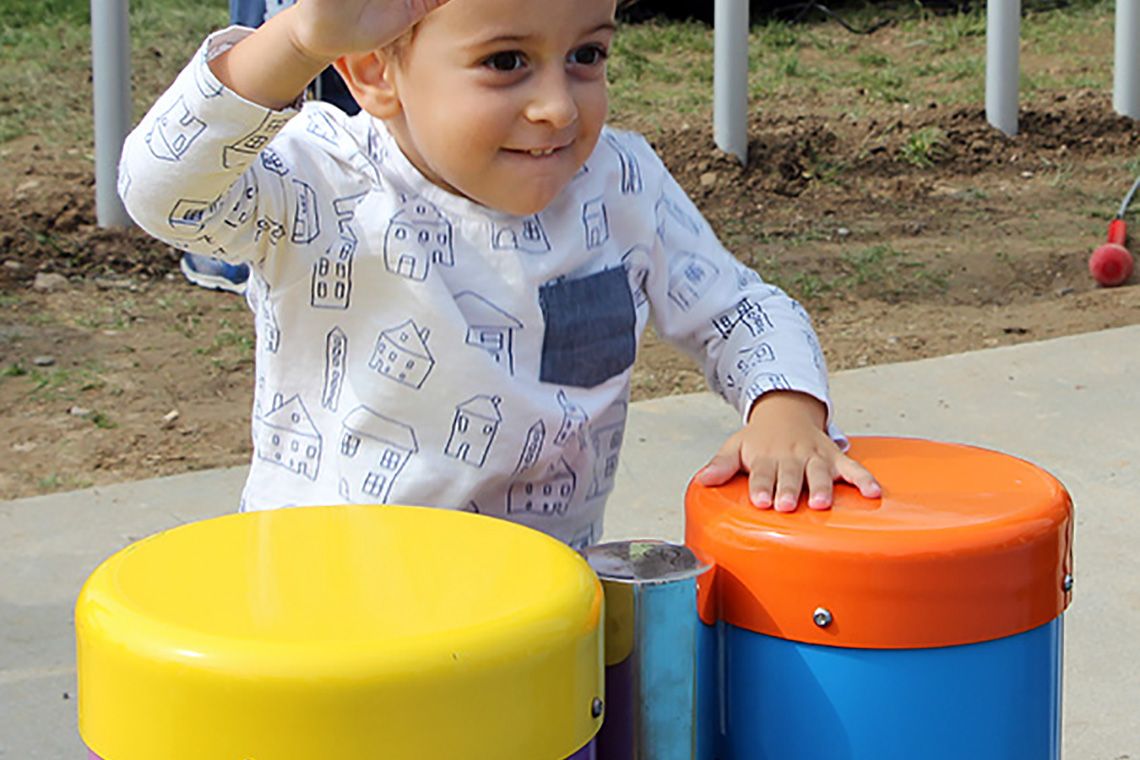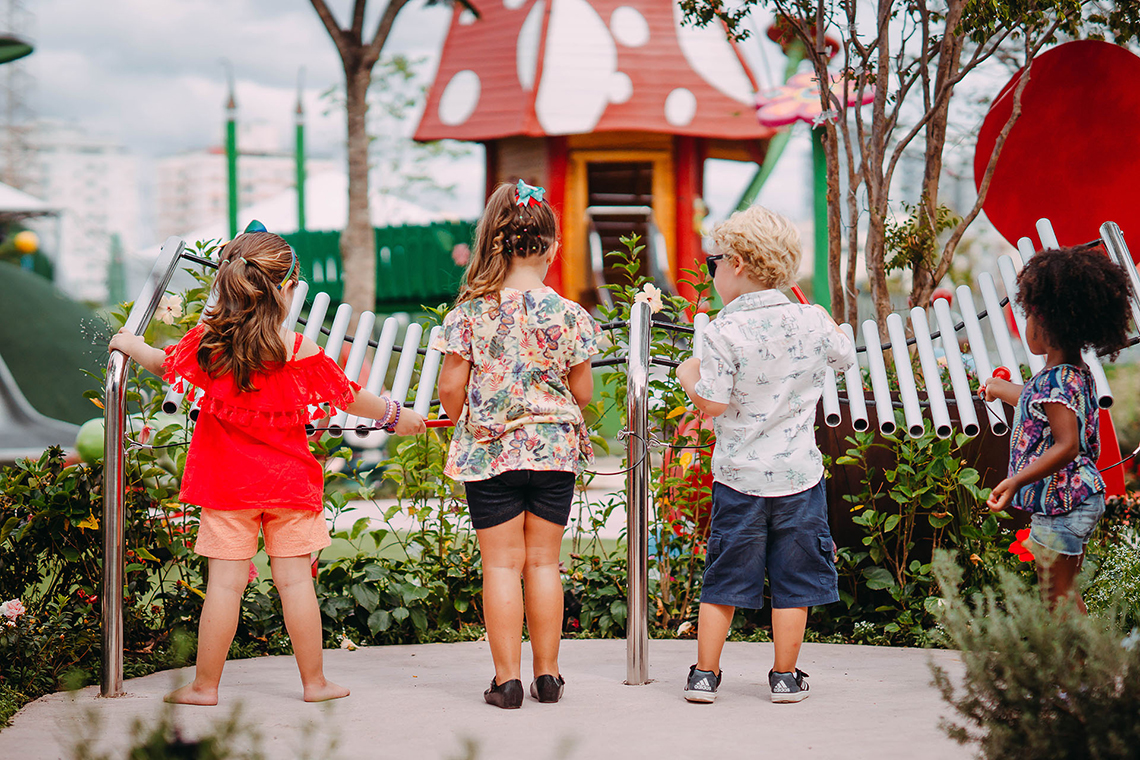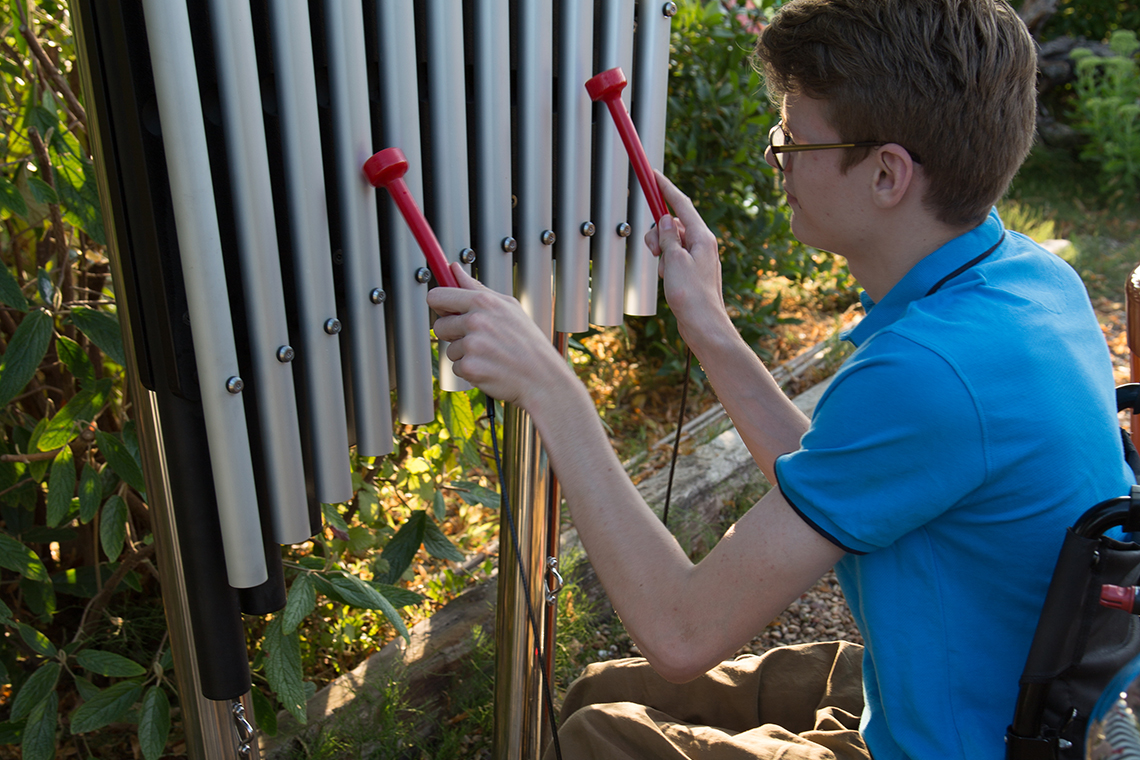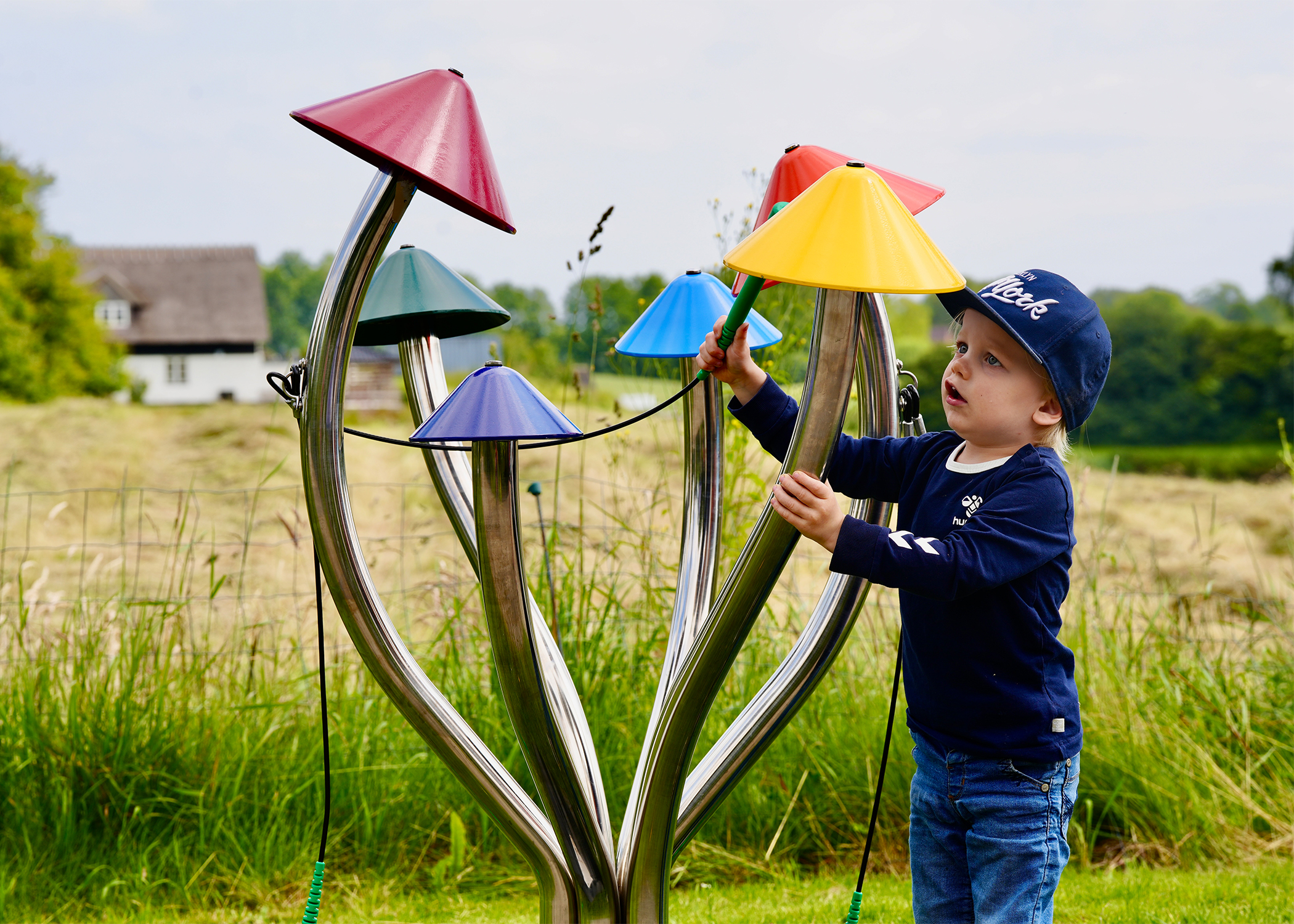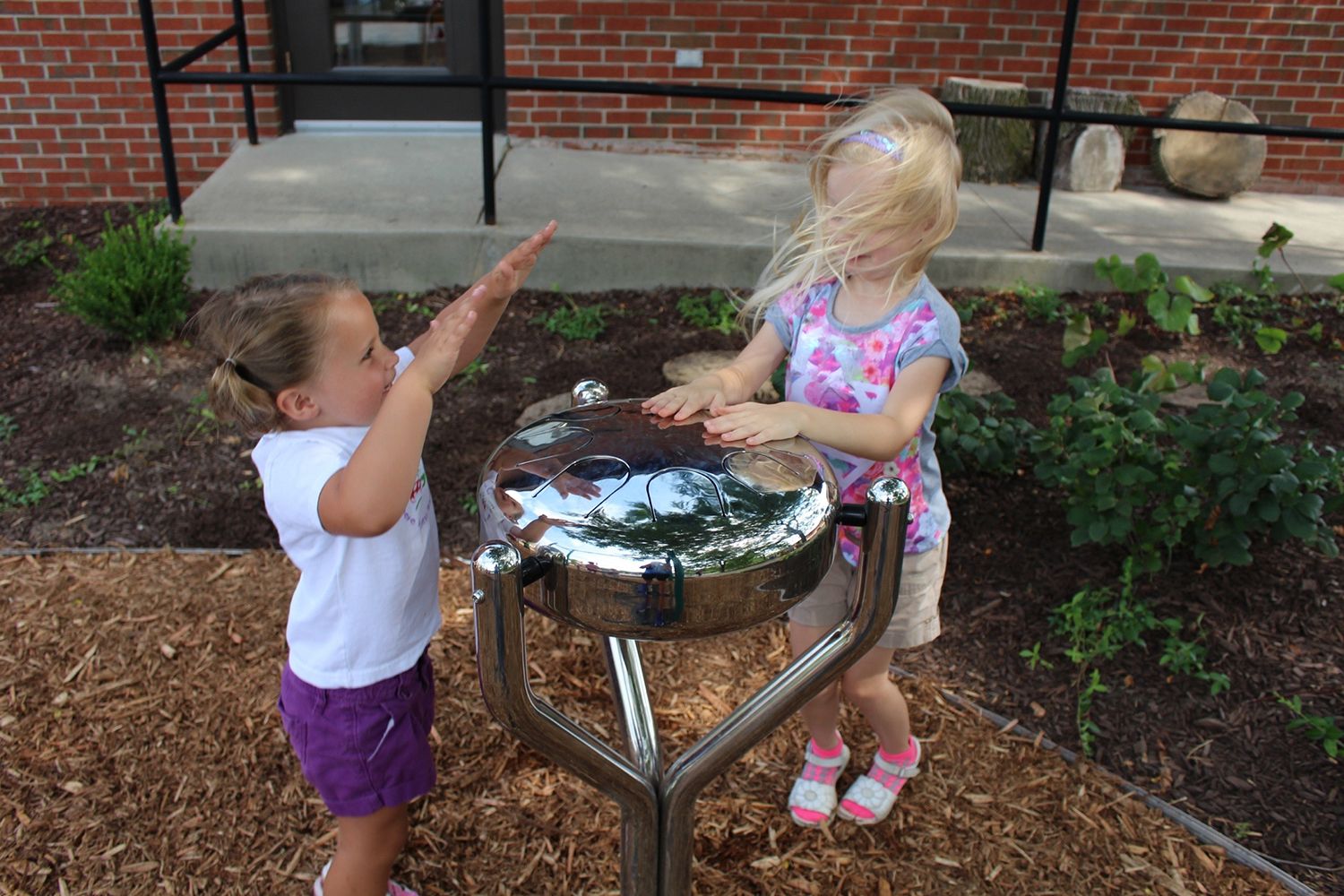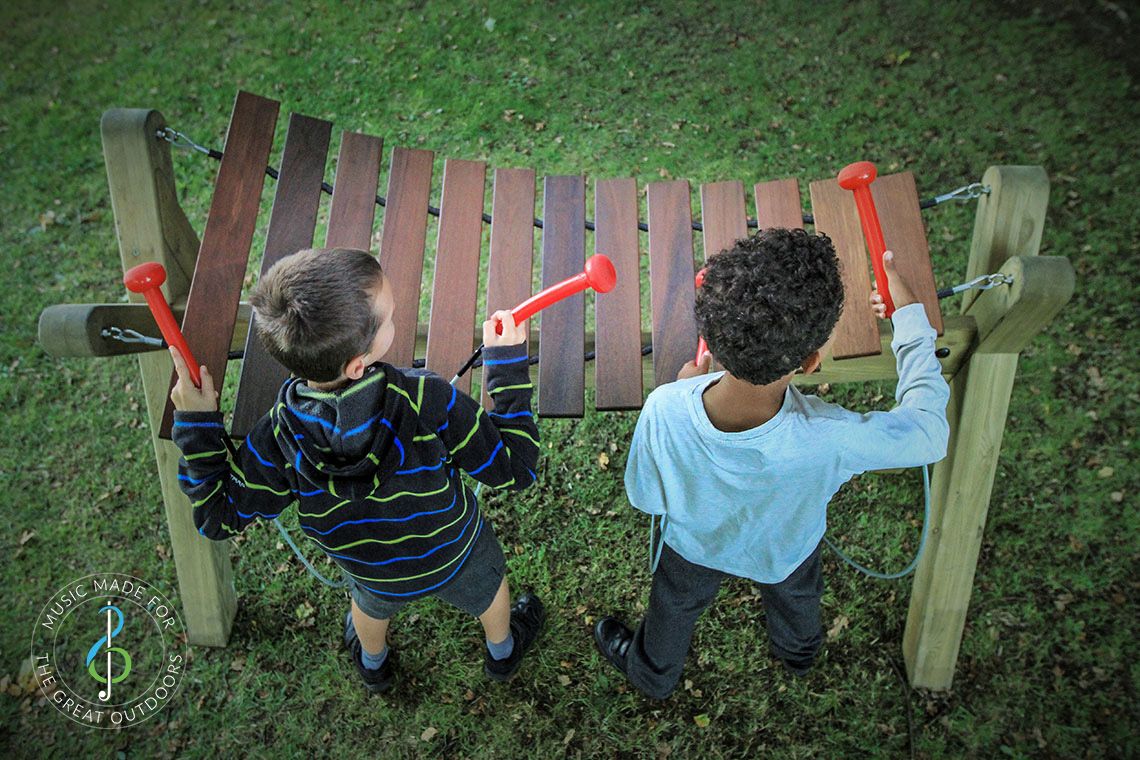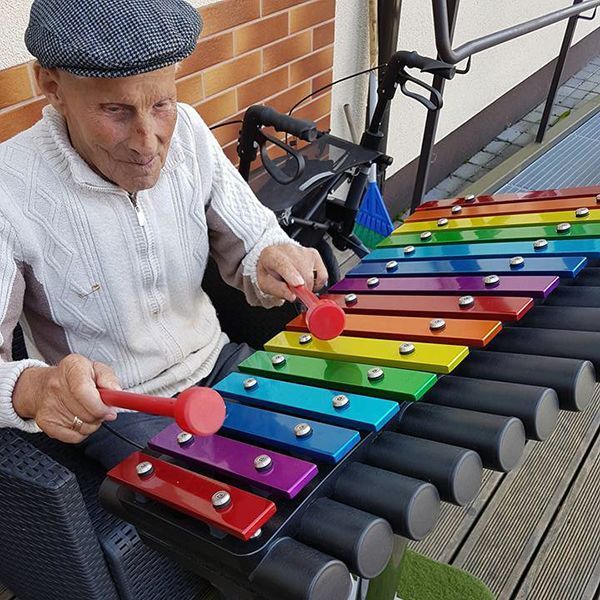Seven Ways Outdoor Musical Instruments Can Enhance Outdoor Spaces for Schools and Early Years Settings
Creating engaging and enriching outdoor spaces is essential for schools and early years settings, as it fosters creativity and learning among young children. One effective way to achieve this is by incorporating outdoor musical instruments. These instruments not only offer a fun alternative for play during recess but also support various developmental benefits. Here are seven ways that outdoor musical instruments can enhance outdoor spaces for schools and early years settings:
1. Enhancing Cognitive Development
Outdoor musical instruments can stimulate cognitive skills in children. As they experiment with different sounds and rhythms, they engage their problem-solving abilities and improve their listening skills. Instruments like xylophones or marimbas encourage children to think critically while creating melodies and exploring the relationships between different notes.
2. Promoting Physical Development
Playing musical instruments involves various motor skills, and outdoor instruments can enhance gross and fine motor development. Activities like striking drums, chimes with their hands, or striking notes on large outdoor xylophones help children build coordination and strength. This physical engagement is especially beneficial in outdoor settings where ample space allows for movement and exploration.
3. Encouraging Social Interaction
Integrating outdoor musical instruments promotes collaborative activities and enhances social skill development. Children can play together, share ideas and instruments, and participate in group musical games. These interactions encourage teamwork, communication, and negotiation skills, which are all essential for social development.
4. Fostering Creativity and Expression
Musical instruments offer children a medium to express themselves creatively. When children have the freedom to explore sound outdoors, they are more likely to experiment and generate their own ideas. Whether they are composing a song or creating a beat, outdoor musical activities allow for open-ended play that nurtures individual creativity.
5. Connecting with Nature
Outdoor musical instruments help children connect with their natural environment. The sounds of these instruments harmonize beautifully with the sounds of nature, fostering a deeper appreciation for the world around them. Instruments designed to resemble flowers or small creatures can enhance sensory experiences and encourage a love for outdoor exploration.
6. Supporting Emotional Well-Being
Music is a powerful tool for emotional expression and well-being. Playing musical instruments can help children express their feelings and manage their emotions in a healthy way. The rhythmic activity can also serve as a calming experience, helping children to reduce stress and anxiety, especially after a busy day of learning.
7. Encouraging Cultural Awareness
Incorporating various types of musical instruments from different cultures can expose children to the diversity of sound and rhythm around the world. This exposure can promote cultural awareness and appreciation, teaching children about different traditions and the role of music in various cultures. It opens up opportunities for discussions about diversity, fostering inclusivity within the educational environment.
Conclusion
In conclusion, outdoor musical instruments are a valuable addition to school and early years settings. They provide countless opportunities for learning, creativity, and social interaction while enhancing children's emotional and physical well-being. Educators can create vibrant learning environments by integrating these instruments into outdoor spaces where children thrive and develop a love for music and nature. So, consider introducing outdoor musical instruments to your school or early years setting and watch as they transform playtime into a harmonious and enriching experience!
